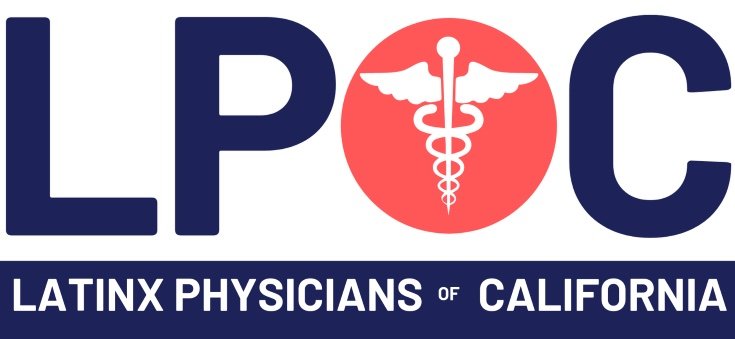Supreme Court Decision On School Admission Programs: A Blow To Diversity And Society
From the desk of Dr. Jose Alberto Arevalo, M.D., President and Chairman of the Board, Latinx Physicians of California.
Introduction
Today the US Supreme Court handed down two rulings that will likely have a significant and substantial detrimental impact on both diversity in our key institutions across our nation and on society at large. The six conservative Supreme Court justices ruled that Harvard, the nation’s oldest private college, and the University of North Carolina at Chapel Hill, the oldest state university, were illegally discriminating based on race and violating the 14th Amendment of the Constitution. Writing for the majority opinion, Chief Justice Roberts declared “The entire point of the Equal Protection Clause is that treating someone differently because of their skin color is not like treating them differently because they are from a city or from a suburb, or because they play the violin poorly or well,” he wrote.
California banned affirmative action in college admissions in 1996 and we have seen a substantial decline in the diversity numbers since the ban.
“They only have to look to California to know exactly what’s going to happen: You’re going to see a significant decline in African American and Latino admissions in institutions of higher learning,” Gov. Gavin Newsom (D) said after the ruling.
Background
For decades, educational institutions have recognized the importance of diversity in their student bodies. Efforts have been made to create admission programs that consider various factors beyond standardized test scores, including race, ethnicity, socioeconomic background, and other forms of diversity. These programs aim to provide equal opportunities for students from historically marginalized communities, promote cross-cultural understanding, and prepare students for the increasingly diverse society they will encounter.
Negative Impact on Diversity
These decisions threaten the progress made in fostering diversity within schools. By strictly prohibiting the use of race as a factor in admissions, the court sends a message that diversity should take a backseat to other considerations. Without question, this ruling will likely have a significant chilling impact on the aspirations of many students from marginalized racial and ethnic communities. While it is crucial to ensure fairness and equal opportunities for all, dismantling the existing admission programs that considers race as a factor limits the ability to rectify historical disparities and promote representation within educational settings.
While the ruling will force many universities, including their law and medical schools, to change admissions policies, it should not prevent them from pursuing diversity or giving extra consideration to students who have overcome hardships or discrimination.
Gains to Diversity at Stake
The gains achieved through previously existing admission programs that consider various forms of diversity including race have been significant. By bringing together students from different backgrounds, experiences, and perspectives, educational institutions foster environments that encourage open-mindedness, empathy, and the development of critical thinking skills. These diverse environments prepare students for a globalized world where collaboration and understanding across cultures and perspectives are paramount.
Moreover, research has consistently demonstrated that diverse classrooms benefit all students. Exposure to diverse perspectives enhances cognitive development, reduces prejudice, and promotes creative problem-solving. It also better equips students to navigate the complexities of a diverse workforce and contribute to a more inclusive society.
Social Impact
A society that values diversity benefits from improved social cohesion and reduced societal divisions. By equipping students with the tools to understand and appreciate different cultures, races, and perspectives, educational institutions play a vital role in building a harmonious society. They prepare students to engage in respectful dialogue, challenge biases, and contribute to the dismantling of systemic inequalities.
Today’s Supreme Court’s decision risks perpetuating societal divisions by hindering the efforts to level the playing field and address historical disadvantages. It sends a signal that race is no longer a factor that should be considered in efforts to remedy past and present inequities, potentially reinforcing disparities, and impeding progress towards a more just society.
Conclusion
While fairness and equal treatment are important principles, it is equally crucial to recognize the importance of programs and processes that foster diversity . By jeopardizing admission programs that consider various forms of diversity including race, we risk compromising the gains achieved in promoting understanding, empathy, and critical thinking among students. Furthermore, the today’s rulings most certainly perpetuate systemic inequalities and hinder progress towards a more inclusive society.
As we move forward, it is imperative to continue the dialogue surrounding affirmative action and its role in promoting diversity and leveling the playing field. Efforts must be made to ensure that educational institutions aim at creating environments that reflect the diverse world we live in, enabling students to thrive and contribute meaningfully to a society that values equity and inclusion.
Although today ruling is yet another blow to the struggle to promote educational opportunities for all, we must remain steadfast in our quest for equal justice and for a more just and fair society.
